http://en.wikipedia.org/wiki/Tippu_Sultan
All coins issued during the first four years of Tippu Sultan's reign bear the Hijri date (in which numerals are read from left to right). In the fifth year, he introduced the Mauludi era (which takes its origin from the birth of the Prophet Muhammad). In the Mauludi system, years are read from right to left. Coins of the fourth year are dated 1200 AH, while those of the fifth year bear 1215 AM. The Hijri years are lunar years of 12 lunar months each. For the new calendar, Tippu adopted the Hindu calendar and replaced the names of the sixty cyclic years and months with Arabic ones.
Numerous errors occur in the AM dates, particularly on copper coins (probably because South Indian die engravers were unfamilair with Arabic numerals). For instance, on the coins of 1215 AM the date was intended to be written as
 ,
,but on many coins (such as the 1/4 Paisa shown below), it appears as

(as the year would have been written in the older system).
Tippu also invented different names for his coins, which are usually found on the reverse. The gold and silver coins are named after Calipha and Imams, respectively. The copper ones, with the exception of the Double Paisa, are named after stars and planets. These names (with the exception of the Double Paisa), however, do not appear on copper coins till 1221 AM.
The obverse of the copper coins shows an elephant, either advancing or standing, left or right. (On some of the Double Paisa coins, the elephant is shown with its trunk uplifted.) Generally, pre-1221 AM coins show an elephant facing left, whereas later ones generally depict one facing right.
The Paisa or Zohra
Zohra is the Persian name of the planet Venus.
Stuck at Faiz Hisar (meaning 'the fort of bounty'), the name applied to Gooty.
Obverse: Elephant advancing to right with uplifted tail; above the tail the Mauludi year 1216 (Regnal year VI; cyclic year 42; first day of Mauludi year: 7th April, 1788)
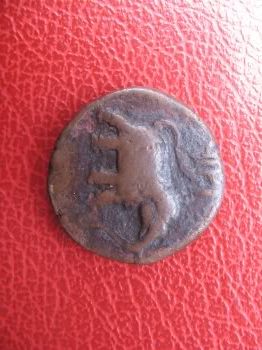
Reverse: From bottom to top (on a field of dotted rosettes, in a double-lined circle with a row of dots),
'Struck at'
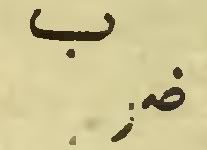
'Faiz Hisar'
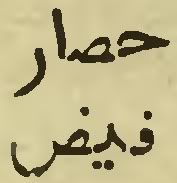
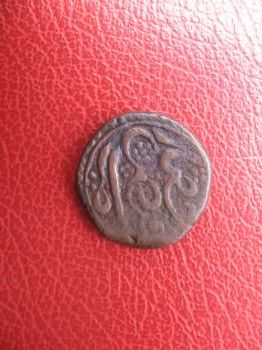
The 1/2 Paisa or Behram
Behram is the Persian name for the planet Mars.
Stuck at Pattan (meaning 'town'), which is a contraction of Srirangapatan (meaning 'the town of the Blessed Ranganatha'---that's a name of Lord Vishnu http://en.wikipedia.org/wiki/Ranganatha)
Obverse: Elephant advancing to left with upifted tail (in double-lined circle with a row of dots); above the tail is the Mauludi year 1216 (Regnal year VI; cyclic year 42; first day of Mauludi year: 7th April, 1788)

Reverse: From bottom to top (on a field of dotted rosettes, in a double-lined circle with a row of dots),
'Struck at'
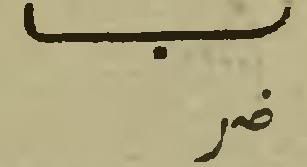
'Pattan'

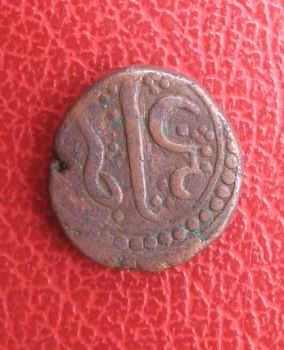
The 1/4 Paisa or Akhtar
Akhtar is the persian word for a star.
Obverse: Elephant advancing to left with upifted tail (in double-lined circle with a row of dots); above the tail is the Mauludi year 1215 (Regnal year V; cyclic year 41; first day of Mauludi year: 20th March, 1787) (written wrongly, as described above)
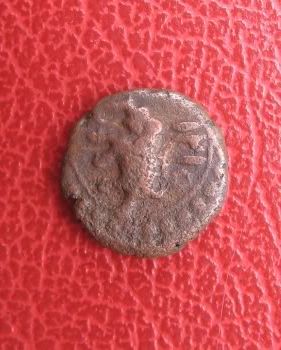
Reverse: From bottom to top (on a field of dotted rosettes, in a double-lined circle with a row of dots),
'Struck at'

'Pattan'

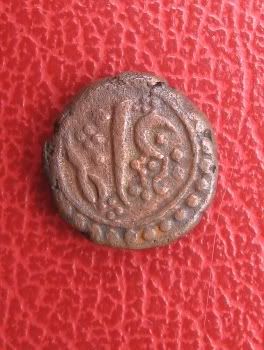






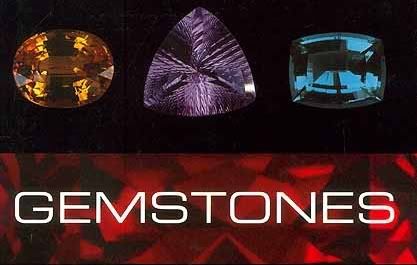

No comments:
Post a Comment